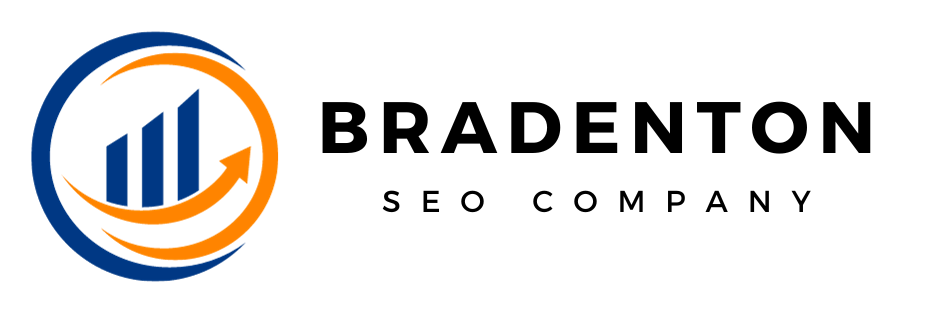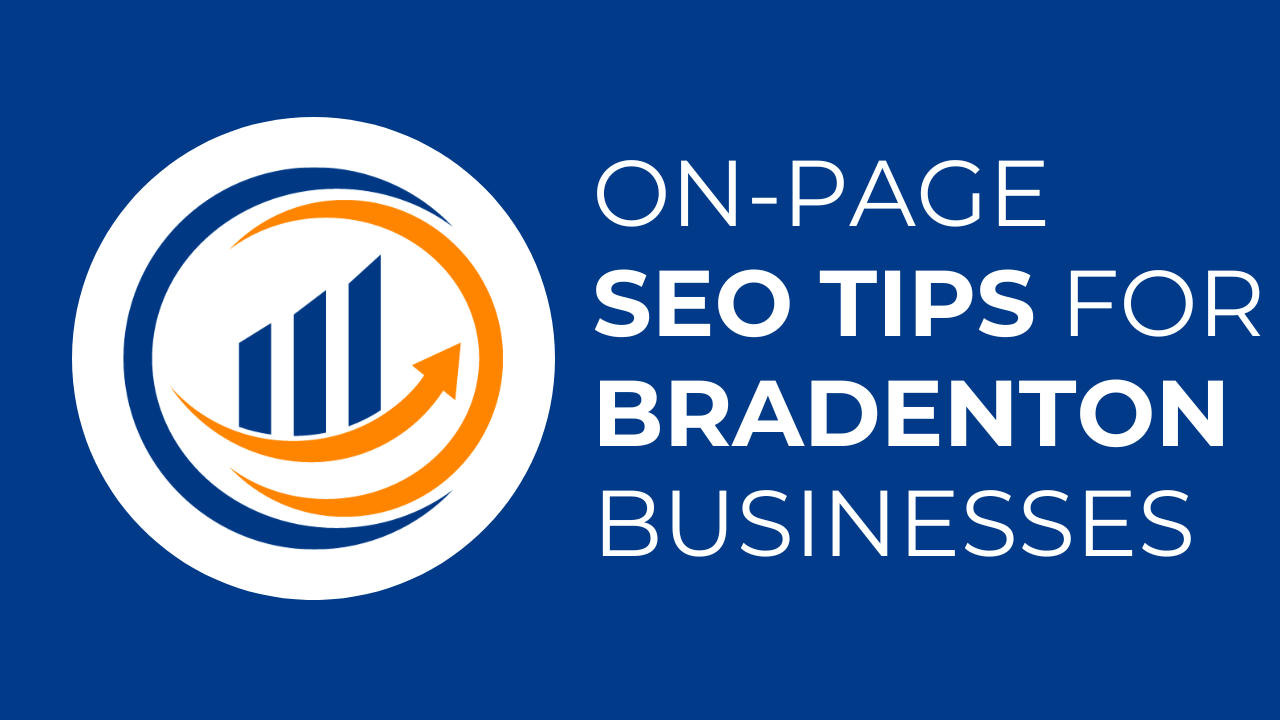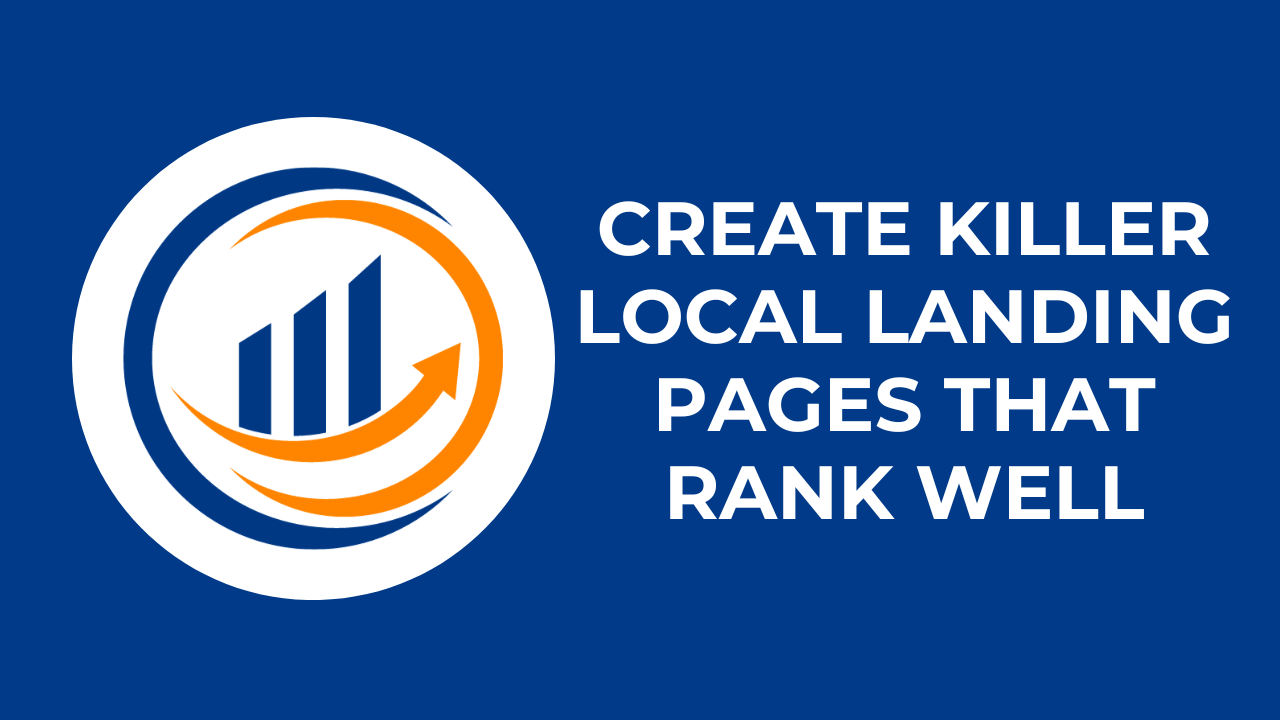In this article, we’ll reveal the secrets to on-page SEO success that will skyrocket your online visibility. Imagine your business being the first thing potential customers see when they search for products or services in Bradenton.
By implementing these on-page SEO tips, you’ll attract more visitors, gain credibility, and ultimately increase your revenue. No more feeling invisible in the vast online world – it’s time to claim your rightful place at the top.
Get ready to take charge of your online presence and watch your business flourish with these powerful on-page SEO strategies.
- Use relevant keywords
When it comes to optimizing your website for local SEO, one of the key factors is conducting keyword research. Researching local search intent allows you to understand the needs and preferences of your target users. Utilizing keyword research tools will help you find the right keywords that align with your business goals.
- Understanding the Basics of Keyword Research
Begin by grasping the fundamentals of keyword research. Keywords are the terms and phrases users input into search engines when looking for information. Your goal is to identify keywords relevant to your content that have a decent search volume yet are not overly competitive.
- Utilizing Keyword Research Tools
Harness the power of keyword research tools to streamline and enhance your keyword discovery process. The few best tools for keyword research are as follows Leverage these tools to identify keywords that align with your content and have the potential to drive organic traffic.
- Google Keyword Planner
- Semrush
- Ahrefs
- Moz Keyword Explorer
- Ubersuggest
- AnswerThePublic
- KeywordTool.io:
- Identifying Long-Tail Keywords
While short, generic keywords are essential, long-tail keywords play a crucial role in your on-page SEO strategy. They may have a lower search volume, but they also tend to be less competitive, offering an opportunity for targeted and qualified traffic.

Long-tail keywords are more specific and often reflect user intent more accurately. It contains 3 to 4 words. For example “best vanilla cake”
- Analyzing Competitor Keywords
Study the keywords your competitors are targeting. This can provide valuable insights into gaps or opportunities in your strategy. Analyze their content, identify the keywords they rank for, and assess whether similar terms are relevant to your audience.
- Optimize title Tags and Meta Descriptions
When it comes to optimizing your website for local SEO, crafting compelling title tags is crucial. Relevance and click-through rates are key factors to consider when creating title tags that attract potential customers in Bradenton.
What are title tags?
A title tag is an HTML element that defines the title of a webpage. It serves as the clickable headline in search engine results and is prominently displayed on the browser tab when a user visits the page. Here is an example
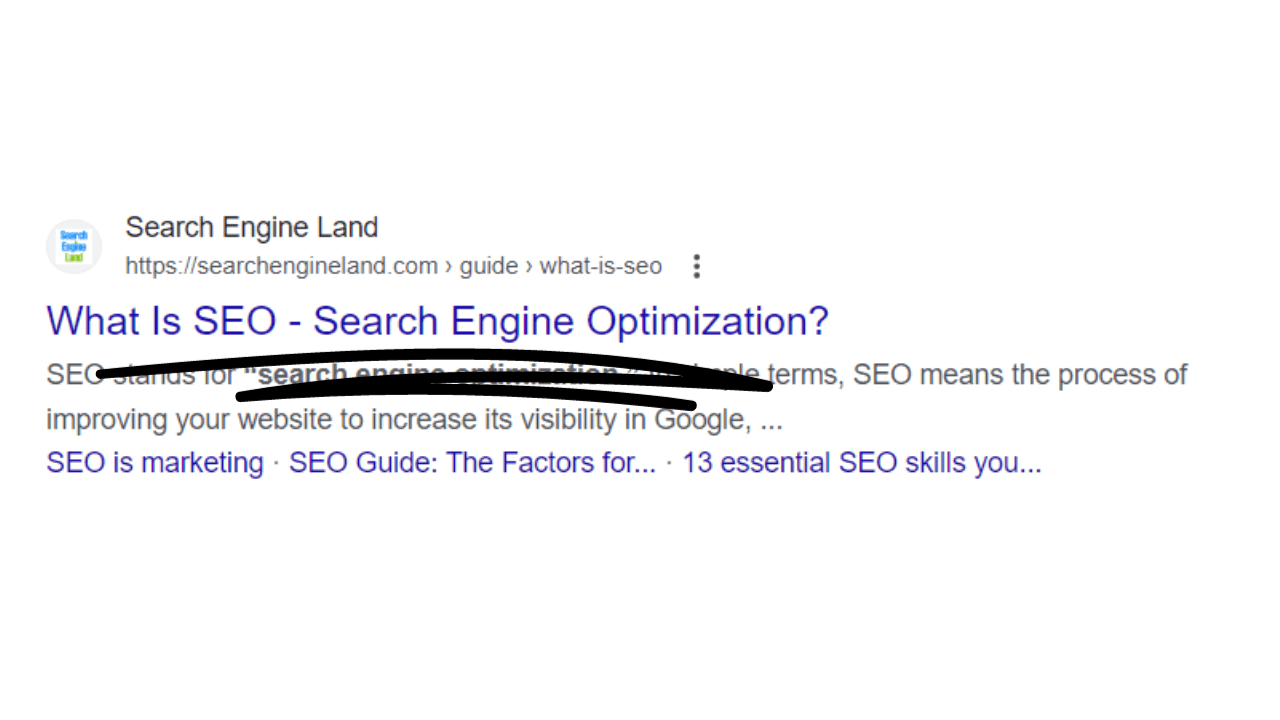
Title tags are the first thing users see in search engine results, so it’s crucial to make them enticing and relevant. Here are a few tips you can use
- keep them concise (around 50-60 characters),
- using relevant keywords
- making them compelling to entice clicks
- ensure uniqueness across different pages of a website.
- consider including location-specific information to appeal to local users
What are Meta Descriptions
A meta description, also an HTML element, is a summary of a webpage’s content that appears below the title tag in search engine results. While meta descriptions don’t directly influence search rankings, they play a crucial role in encouraging users to click through to a website. Here is an example
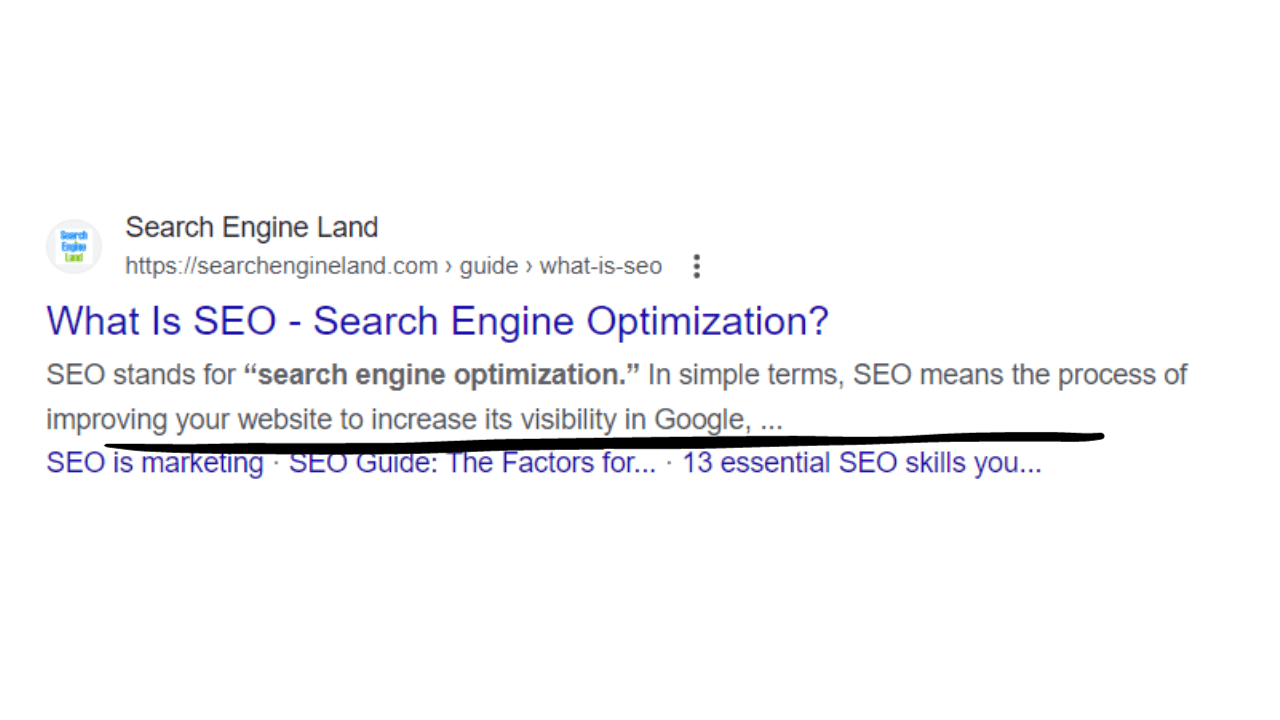
- To write effective meta descriptions, you can use the following tips
- keep them concise (around 150-160 characters)
- incorporating relevant keywords
- accurately reflecting the content of the page
- using action-oriented language to entice clicks, and, when appropriate, including a call to action
- Analyzing data from tools like Google Analytics can help refine and optimize meta descriptions for better performance.
- Use Local Business Schema Markup
are you familiar with schema markup and its importance for local SEO? Implementing local business schema can provide rich results on search engines, helping your business stand out in the crowded online marketplace.
What Is Schema Markup?
Schema markup is a form of structured data that you can add to your website’s HTML code to provide search engines with more information about your business. It helps search engines understand your content better and display it in a more relevant way in search results.
How To Add Schema Markup On Your Website In 5 Steps
- Choose The Content To Markup
identify the specific information on your website that you want to mark up. this could include details such as your business name, address, phone number, product information, etc.
- Select The Schema Type
visit schema.org and choose the appropriate schema type for your content. schema.org provides a structured list of types and properties. pick the one that best matches the information you want to mark up.
- Generate Schema Markup Code
use a schema markup generator tool to create the structured data code. tools like Google’s structured data markup helper can assist in generating the necessary HTML.
- Add Markup Code To Your Website
manually insert the generated schema markup code into the HTML of your website. this can be done directly in the source code or through your CMS if you’re using one. remember to place the markup in the appropriate sections
and use tools like Google’s structured data testing tool to check for errors and ensure the markup is correctly implemented. once validated, deploy the changes to your website.
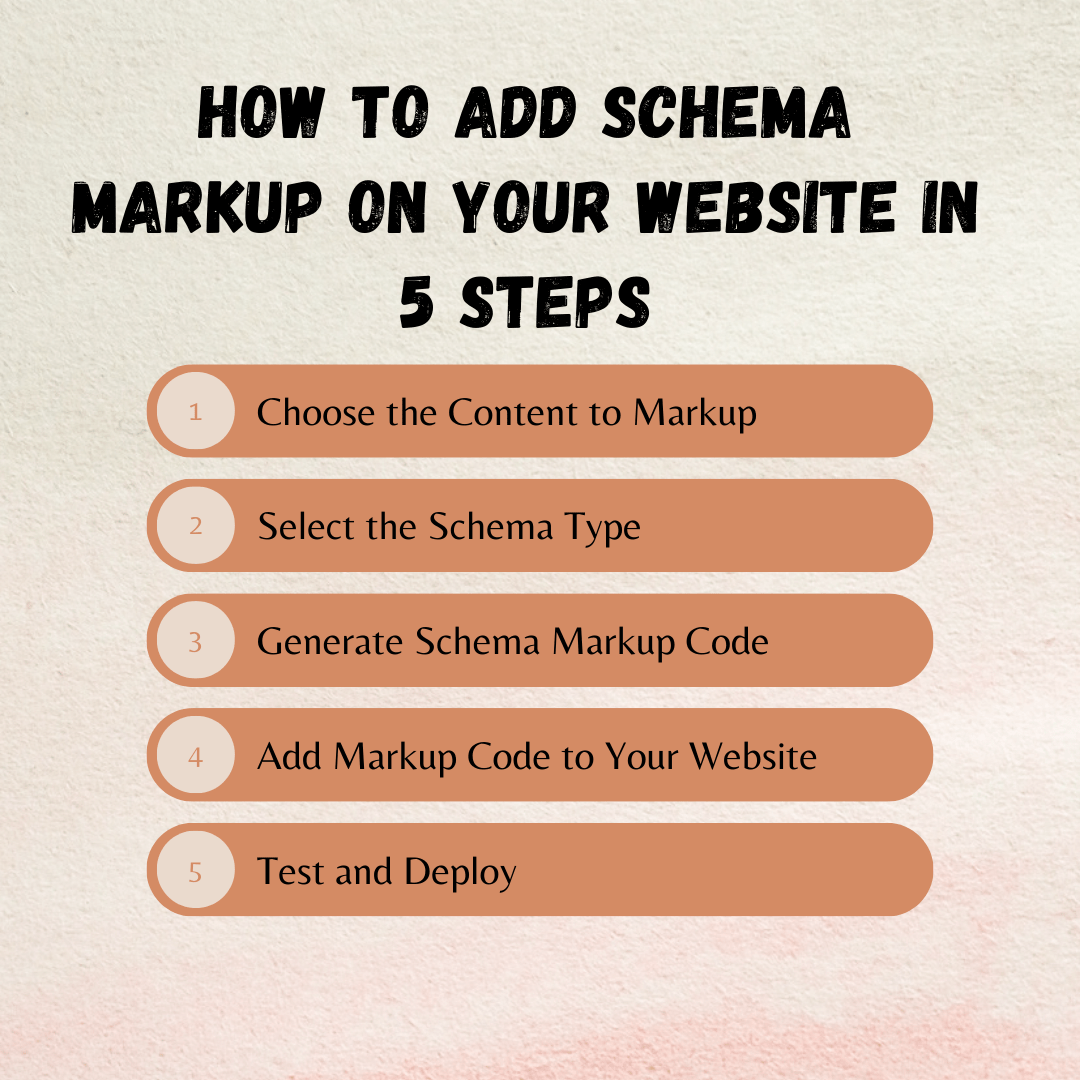
Benefits of Local Business Schema Markup
- Enhanced Visibility: Local Business Schema Markup improves how search engines interpret and display your business information, boosting visibility in local search results.
- Rich Snippets for Quick Info: Schema Markup enables rich snippets in search results, showing essential details like business name, address, phone number, opening hours, and ratings directly on the search engine results page (SERP).
- Visually Appealing Listings: Rich snippets make your business stand out in search results, increasing click-through rates by offering users instant, relevant information.
- Local SEO Boost: Particularly beneficial for businesses with physical locations, Local Business Schema Markup helps search engines understand your geographical relevance, contributing to improved local search rankings.
- Accurate Representation: Schema Markup ensures the precise display of your business details, fostering trust and encouraging user engagement by providing reliable information in search results.
4. Use Optimizing Images and Other Media
Optimizing images is a vital aspect of on-page SEO. Follow these steps to ensure your images contribute positively to your website’s SEO:
- Choose Relevant Image File Names:
Use descriptive file names for your images that reflect the content of the image. Avoid generic names like “image1.jpg” and instead use something like “keyword-description.jpg.”
- Optimize Image Alt Text:
Add concise and relevant alt text to each image. Alt text not only helps search engines understand the content of the image but also improves accessibility for users with visual impairments.
- Utilize Appropriate Image Formats:
Choose the right file format for your images. JPEG is suitable for photographs, PNG for images with transparency, and SVG for vector graphics. This helps maintain image quality while keeping file sizes in check.
- Compress Images:
Compress your images to reduce file sizes without compromising quality. Smaller file sizes lead to faster loading times, which is a positive factor for SEO.
- Resize Images for Web Display:
Resize images to the dimensions they will be displayed on your web pages. This reduces the amount of data that needs to be loaded, improving page load speed.
- Enable Image Compression
Enable server-side image compression or use online tools to compress your images before uploading them to your website. This further reduces file sizes and enhances page speed.
- Implement Image Lazy Loading
Implement lazy loading for images, so they load only when they come into the user’s viewport. This technique improves initial page load times and can positively impact SEO.
- Use Image Sitemaps
Include images in your sitemap to provide search engines with additional information about your visual content. This can help search engines index and rank your images appropriately.
5. Local Citations and Internal Linking
When it comes to improving your local SEO, building local citations and optimizing your internal linking structure are key. creating local content and implementing link-building strategies specific to your target audience can further enhance your local SEO efforts.
What is a local citation?
A local citation is an online mention of a business’s Name, Address, and Phone Number (NAP) information. These citations can occur on various online platforms, such as local business directories, review websites, social media platforms, and other online platforms where businesses are listed.
Here is an example
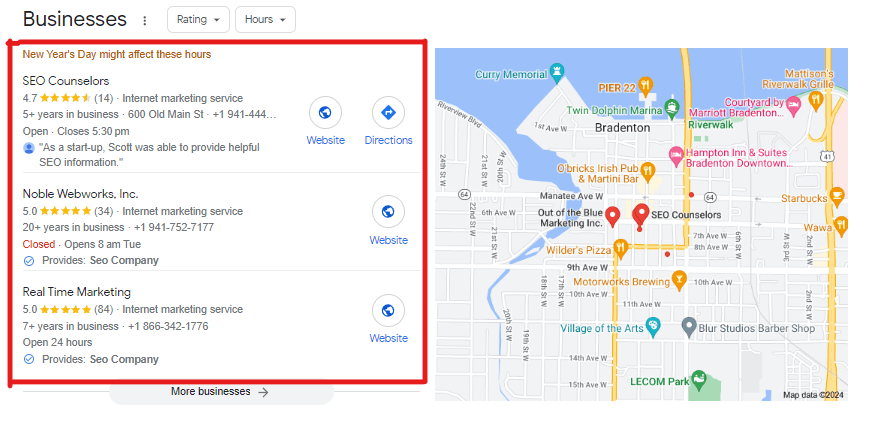
To maximize your local online visibility and boost your website’s ranking, make sure to include a sufficient number of directory listings and online mentions.
Directory listings are online platforms where you can list your business information, such as your name, address, phone number, and website. These listings help search engines understand the relevance and credibility of your business in the local area.
Online mentions, on the other hand, refer to when your business is mentioned on other websites or social media platforms. These mentions can be in the form of reviews, articles, or blog posts. They increase your online visibility and contribute to building your business’s reputation.
What is Internal Linking
To optimize the internal linking structure for local SEO and enhance the impact of local citations, you should focus on strategically incorporating relevant and authoritative links within your website. Internal linking plays a crucial role in improving your website’s visibility and search engine rankings.
Here is how to do internal linking
- Use Descriptive Anchor Text:
When creating internal links, use descriptive anchor text that provides context about the linked page. Avoid generic terms like “click here” and instead use keywords related to the content.
- Relevant Contextual Links:
Place internal links within the content where they provide value and relevance. Contextual links within articles or blog posts are more effective than a list of links in a sidebar.
- Link to Important Pages:
Prioritize linking to important pages on your website, such as service pages, product pages, or cornerstone content. This helps distribute link equity and improves the visibility of key pages.
- Create a Logical Site Structure:
Organize your website’s content in a logical hierarchy. A well-structured site makes it easier for users and search engines to navigate, improving the effectiveness of internal links.
- Breadcrumb Navigation:
Implement breadcrumb navigation for your website. Breadcrumbs provide an additional navigational aid for users and can enhance the internal linking structure.
- Regularly Update Links:
Periodically review and update internal links, especially if you add new content or modify existing pages. Ensure that links remain relevant and lead to active pages.
6. Technical SEO Considerations
When optimizing your website for search engines, there are several technical considerations to keep in mind.
Mobile-First Website Design
Mobile-first design means creating a website that’s specifically designed for mobile users, with a focus on responsive design, fast loading times, and user-friendly navigation.
According to recent data, 52% of internet traffic worldwide comes from mobile devices, and 61% of users are unlikely to return to a website if they have trouble accessing it on their mobile device.
Website Speed Optimization
You can improve your website speed and provide a seamless user experience by optimizing its technical SEO considerations.
Website speed is crucial for user satisfaction and search engine rankings. According to Google, 53% of mobile users abandon a website if it takes more than three seconds to load. Slow loading times can negatively impact your bounce rate and conversion rate.
To optimize your website speed, consider compressing images, minifying CSS and JavaScript files, leveraging browser caching, and reducing server response time.
Structured Data and Technical SEO Best Practices
By implementing structured data markup, you can provide search engines with valuable information about your business, such as your address, phone number, and business hours. This helps search engines understand and display your information accurately in search results, increasing the likelihood of attracting relevant traffic.
Additionally, technical SEO best practices, such as optimizing your website’s speed and mobile-friendliness, can greatly impact your website’s performance and user experience. A fast-loading website and a mobile-friendly design are crucial for ensuring that users can easily navigate and engage with your content.
Implementing Local SEO Tools and Monitoring Website Performance
Start by utilizing local SEO tools and monitoring your website’s performance to ensure optimal technical SEO for your Bradenton business.
Local SEO tools can help you identify keywords that are relevant to your target audience and optimize your website accordingly. These tools can also provide insights into your website’s performance, such as the number of visitors, bounce rate, and conversion rate.
| Do’s | Don’ts |
| Conduct thorough keyword research | Avoid keyword stuffing |
| Include target keyword in title tag | Ignore meta descriptions |
| Craft unique meta descriptions | Overlook header tags |
| Use header tags to structure content | Neglect mobile optimization |
| Create clean, user-friendly URLs | Publish duplicate content |
Conclusion
In conclusion, implementing these on-page SEO tips can significantly enhance the online visibility of your Bradenton business.
By conducting thorough keyword research, optimizing title tags and meta descriptions, utilizing local business schema markup, optimizing images and media, and leveraging local citations and internal linking, you can improve your website’s ranking on search engine result pages.
Additionally, considering technical SEO aspects can further boost your online presence.
With the help of Bradenton SEO Company, you can effectively target local customers and achieve your business goals.
